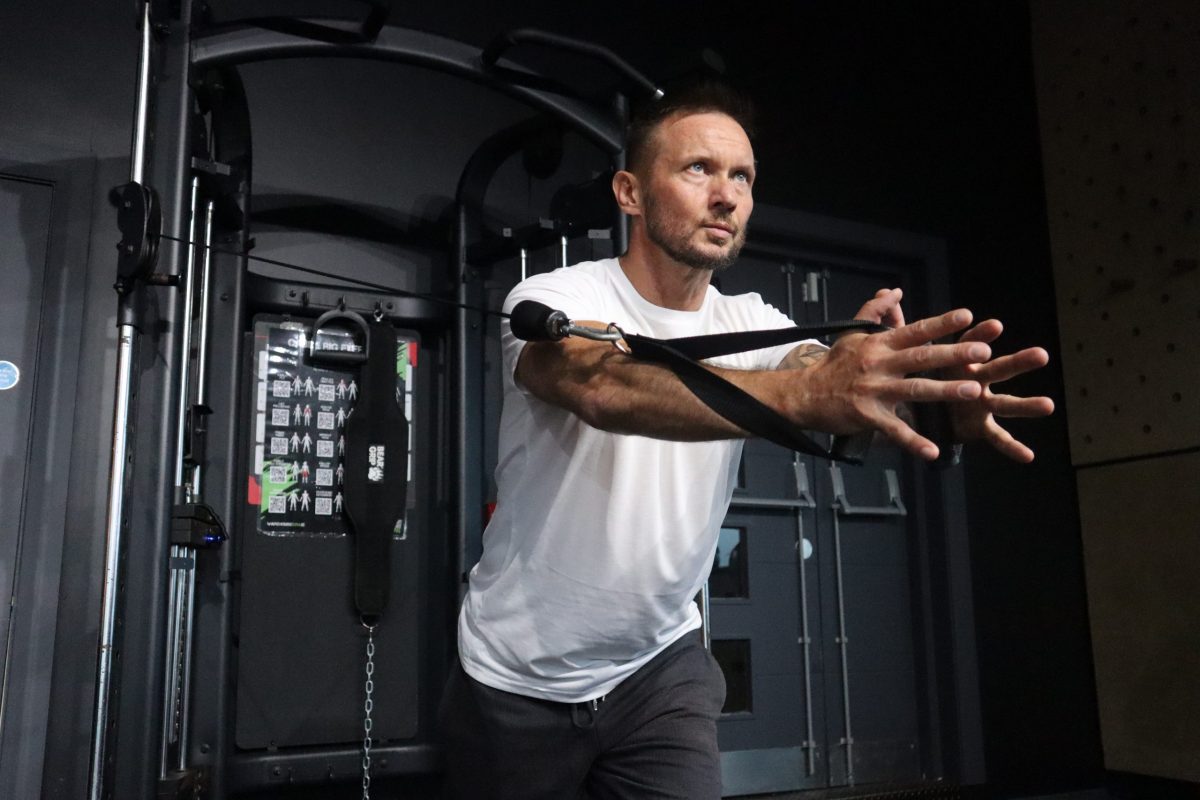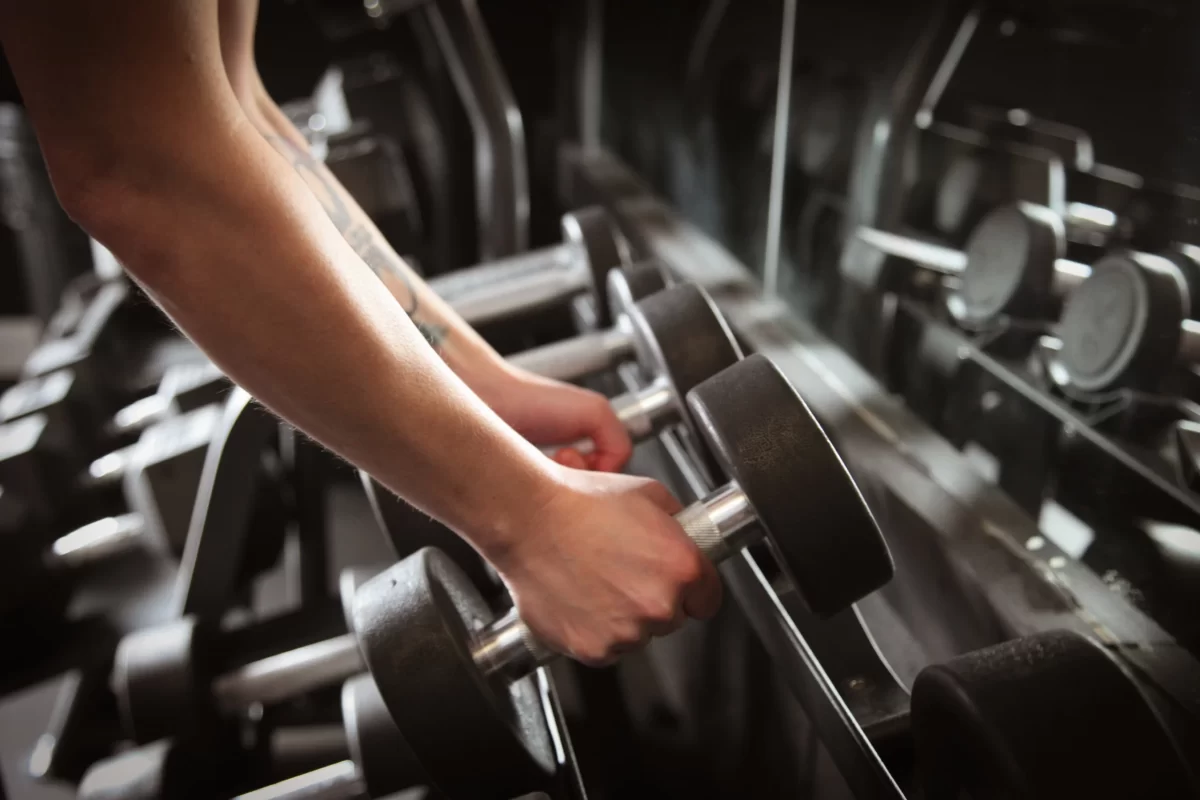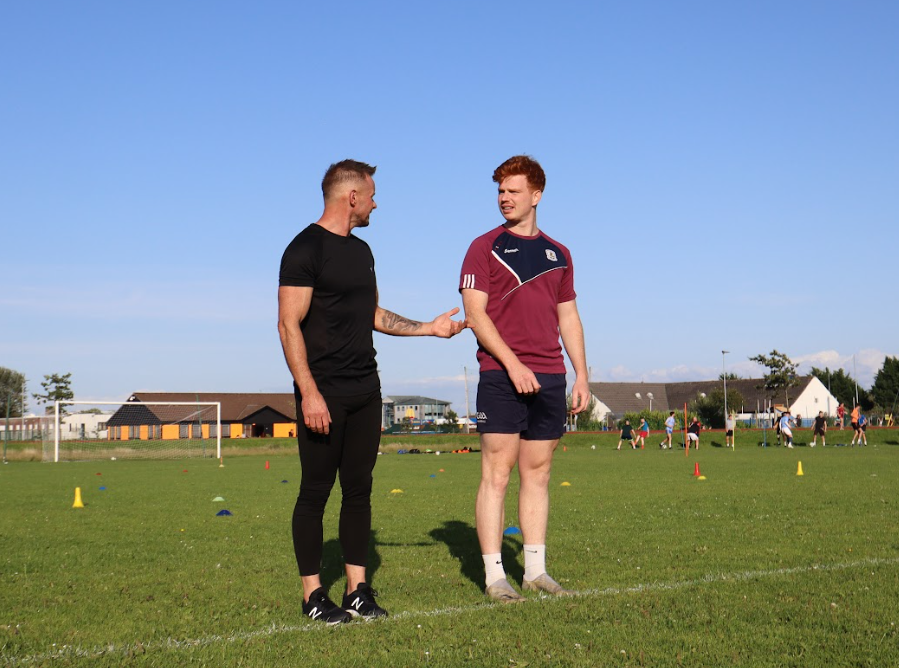How many times a week should I exercise to achieve my goals?
TLDR: The ideal frequency for exercise doesn’t exist, as we are all different, but strongly depends on your goals, age, and fitness level. Most adults can benefit from at least 150 minutes of moderate-intensity aerobic exercise per week, but the specific number of days can vary. The key is to find a sustainable routine that you enjoy and that aligns with your objectives. Exercise should enhance your life, so make it work for you.
Exercise is an essential part of a healthy lifestyle. It can help you improve your physical fitness, boost your mood, and enhance your overall well-being. But the big question remains: How many times a week should you exercise?
The answer varies depending on your goals, age, and fitness level. For most adults, the general recommendation is to aim for at least 150 minutes of moderate-intensity aerobic exercise per week. This equates to around 30 minutes a day for five days. You can opt for 75 minutes of HIIT anaerobic or aerobic activity weekly. This allows you to get in your weekly exercise within three to four sessions, lasting about 20-25 minutes each.
One common mistake is thinking that exercising daily is the best way to go. While daily workouts can work for some, they may not be necessary for everyone. Personally I recommend my clients take at least one day in the week for complete recovery. Overtraining will inevitably lead to burnout, injuries, and a loss in motivation. Instead, try to find a balance that suits your lifestyle and fitness level. If your primary goal is to lose weight. consistency is key, and you should aim for at least five days of exercise a week, including a mix of cardio exercises and strength training. This consistent effort can help you create a calorie deficit which will in turn lead to fat loss. On the other hand, if you’re more interested in building muscle and improving your strength, a different approach is needed. Two to three days of strength training per week, focusing on different muscle groups, can help you achieve your goals. It is essential to allow your muscles time to recover between sessions to repair, 48 hours is the recommended time frame.
The amount of exercise can also depend on your age and fitness level. Older adults should aim for similar weekly totals but may choose activities that are gentler on the joints, such as walking, swimming, or yoga but resistance training must be part of your weekly routine.
Also, it’s important to remember that the length and intensity of your workouts matter. You can achieve your goals with fewer weekly sessions if you engage in high-intensity interval training (HIIT) or other time-efficient workout strategies. Short, intense bursts of activity can provide significant fitness benefits in a shorter amount of time. My preferred training method.
Ultimately, the “right” number of times to exercise each week is a personal decision. It is essential to factor in your goals, preferences, and physical limitations. Listen to your body, and don’t be afraid to change your exercise routine as needed.
If you are starting your fitness journey, get in contact today to discuss how I can help you achieve your goals based on your individual needs, goals and requirements. I offer in person, small group and online coaching for all ages and fitness levels.







